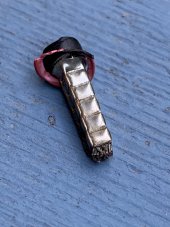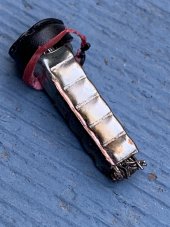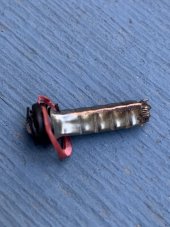RVLiFe
Solar Enthusiast
- Joined
- Jun 14, 2021
- Messages
- 234
Purchased a DC breaker for between my PV array and SCC off Amazon last year. I’ve recently been noticing some intermittent power issues in my history on the Victron VRM site. Today I discovered no power at all coming in from the panels even though it was clear skies. So I open the front compartment of my RV and I could smell something that gave off the odor of melted plastic. This is what I found!
At this time of year, my system only outputs 65 V and 10.2 A. I’ll add more panels as the season gets shorter. The breaker was rated for 250V and 32A but yet it failed. Thank goodness it thermally shut itself off but what could have caused this? I always use quality ferrules on my connections and I had everything tight and solid.
Was it a cheap breaker or too much heat on the ferrules because not enough surface area contact? Any ideas as to prevent this from happening again? I’m seriously considering on cutting all my ends off and stripping the wires back and no longer use ferrules. What are your thoughts on this?
The biggest question and only one that seriously needs to be answered is which brand of mini DC DIN rail breaker do I purchase. I will only ever max this PV system out at 100V and 20.4A so I think a 32A breaker should be sufficient.

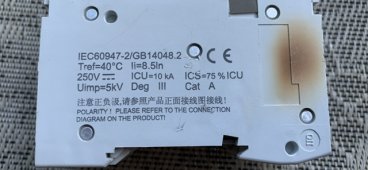
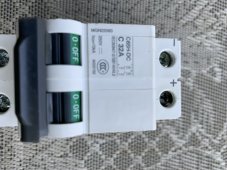
At this time of year, my system only outputs 65 V and 10.2 A. I’ll add more panels as the season gets shorter. The breaker was rated for 250V and 32A but yet it failed. Thank goodness it thermally shut itself off but what could have caused this? I always use quality ferrules on my connections and I had everything tight and solid.
Was it a cheap breaker or too much heat on the ferrules because not enough surface area contact? Any ideas as to prevent this from happening again? I’m seriously considering on cutting all my ends off and stripping the wires back and no longer use ferrules. What are your thoughts on this?
The biggest question and only one that seriously needs to be answered is which brand of mini DC DIN rail breaker do I purchase. I will only ever max this PV system out at 100V and 20.4A so I think a 32A breaker should be sufficient.



Last edited:



